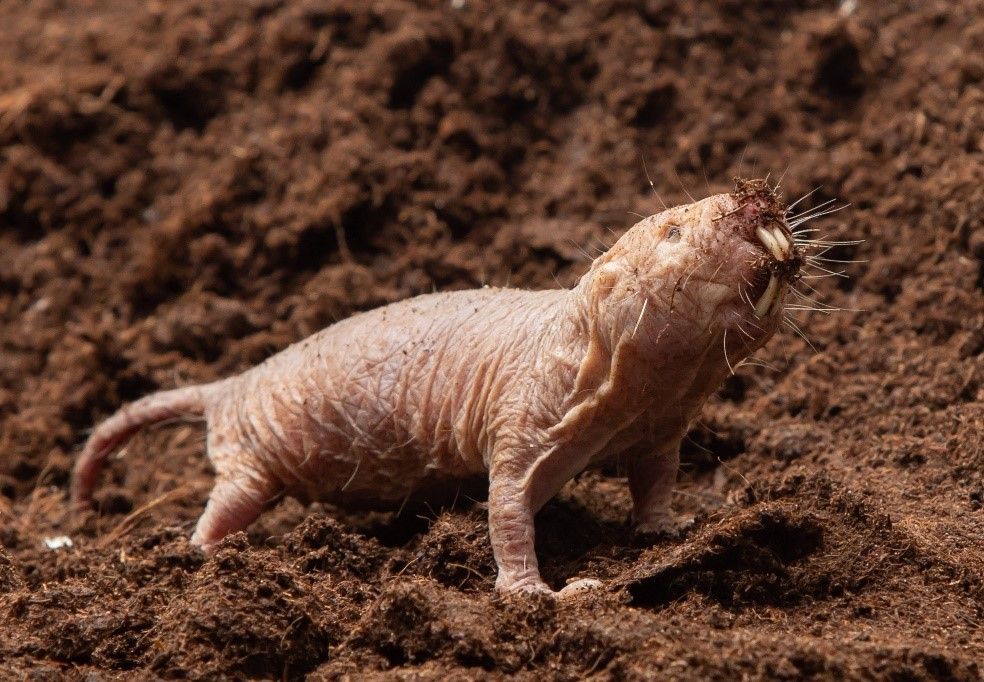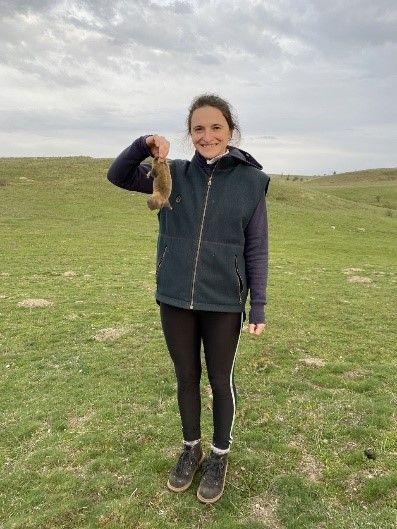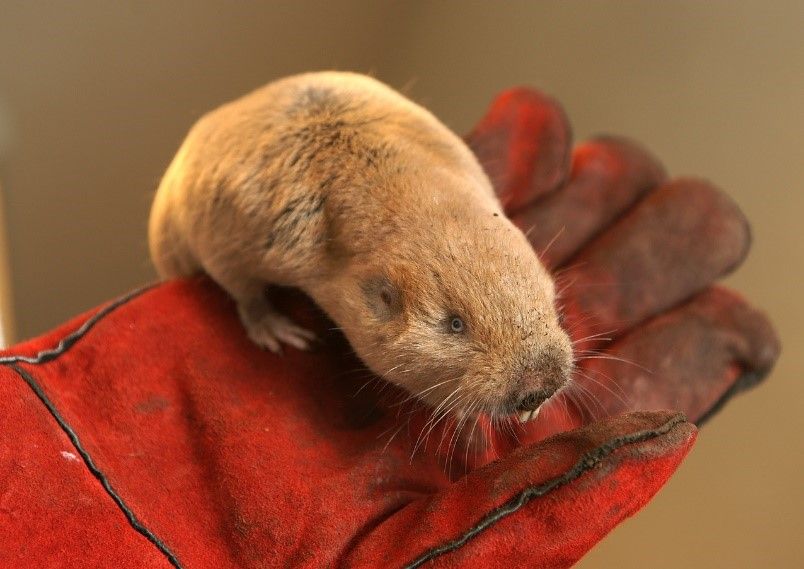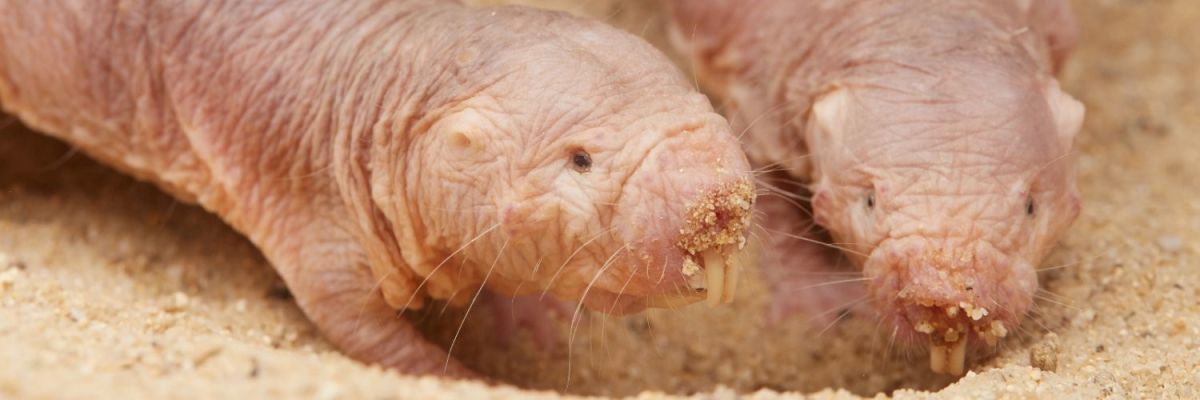
Developmental Epigenetics and Bioinformatics Laboratory
The laboratory was founded in 2023. We study unconventional mammalian model species to understand evolutionary history and molecular (especially epigenetic) mechanisms of long-term female fertility at the levels of oocytes, their ovarian niche, and successful embryonic development.
Head of the laboratory: Mgr. Lenka Gahurová, Ph.D. (née Veselovská)
Lab members

Lenka Gahurová

Eva Kopecká

Nikolas Tolar
Alyssa Malapit Fontanilla

Eliška Bláhová
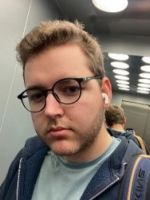
Jakub Kořenář

Michaela Kazíková

Pavlína Chudá

Lenka Ošmerová

Anja Drobnjak
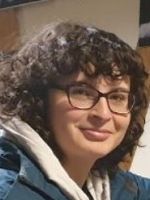
Vilja Langer

Laura Andessner-Angleitner
Research
Mammalian oocytes (=female eggs) are established during female embryonic development as a finite pool. They are essential for propagation of the species yet are among the oldest cells in the body – they can be several decades old in long-lived species such as humans. They preserve their quality for extraordinarily long time compared to most other cell types in the body, nevertheless, female fertility is one of the first physiological functions undergoing age-associated decline. This decline is generally associated with decreased quantity and quality of oocytes, affecting the ability to sustain successful embryonic development.
Studies on female fertility and oocyte biology are mostly performed on mouse, a classical mammalian model. However, mice are fertile only for <12 months, and cannot therefore fully recapitulate biological processes in long-lived species that are fertile for several decades. Moreover, increasing number of studies show that mechanism uncovered in mouse do not universally apply across mammals.
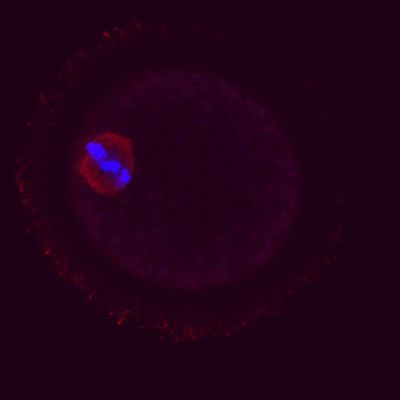
What we ask:
(1) What are the molecular mechanisms conferring long-term oocyte quality and what can go wrong? How is oocyte quality and quantity affected by their ovarian niche and physiological processing taking place in the ovary (such as ovulations)?
(2) How does the dynamic relationship between host and transposons affect oocyte biology, maternal to zygotic transition, and embryonic development, and does it change during maternal aging?
What we do:
We employ various sequencing (genomics, transcriptomics, epigenomics) and imaging approaches to study oocytes, ovaries and embryos of multiple short-lived and long-lived rodent species from different phylogenetic groups – especially naked mole-rat, giant mole-rat, guinea pig, coruro, blind mole rat and mouse.
